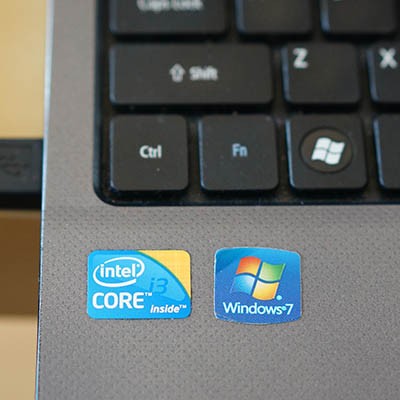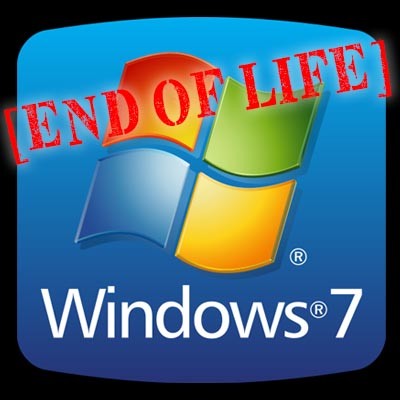Millions of people are still using the Microsoft Windows 7 operating system despite it being completely unsupported. When Microsoft pulled the plug on support for the OS in January, most industry professionals expected there to be some exploits found pretty rapidly. It turns out that the very first exploit was actually Microsoft’s fault, and that Windows 7 support had a little life in it after all.
USA Computer Services Blog
Microsoft is just days away from retiring not just one, but two of its most popular operating systems. The software giant has made a point to run a major campaign warning people who are still using Windows 7 that they are going to lose support after the January 14, 2020 deadline; but, as of this writing, there are still over a quarter of desktop users running the software. With the deadline looming, we thought we’d look at what this means for users and go through some of the options they have.
All good things must come to an end eventually, and Windows 7 is no different. Microsoft is officially ending its support of this operating system relatively soon, but this doesn’t mean that you should jump ship without a plan. In fact, Microsoft realizes that some businesses and organizations simply can’t make the jump in time, so they have implemented contingency plans for these companies. The problem is that it’s expensive. We’ll walk you through everything there is to know about how Microsoft is handling the end of life events for Windows 7.



